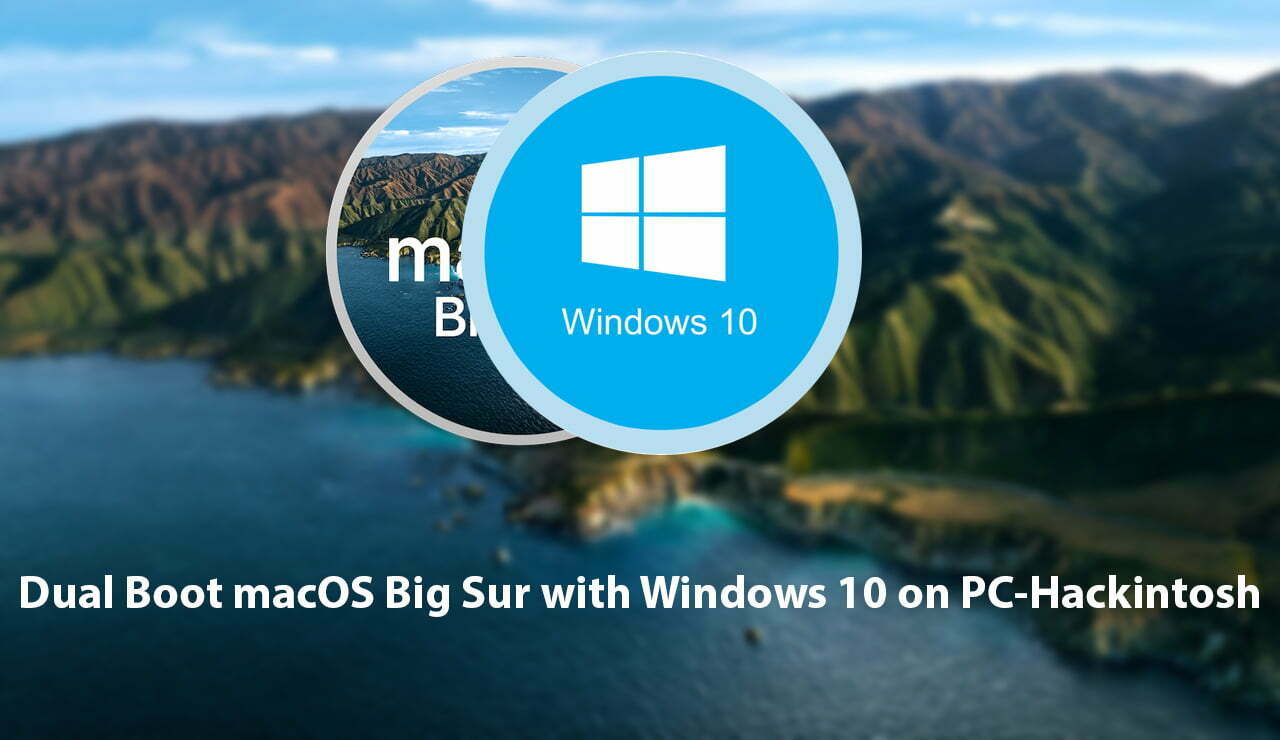

In its current configuration, VirtualBox doesn't work with your macOS disk image. It still isn't quite time to fire up your macOS Monterey virtual machine. Use the Command Prompt to Add Custom Code to VirtualBox Finally, head to the USB tab and select USB 3.0, then press OK.ģ.Browse to and select your macOS Monterey disk image. Next, select the disk icon alongside Optical Drives. Now, under Storage, select the blank disc under Storage Devices.Under Display, set Video Memory to 128MB.Make sure the Enable PAE/NX box is checked.If you have a CPU with power to spare (such as an Intel Core i7 or i9 with multiple extra cores), consider assigning more. Under System, remove Floppy from the boot order.The code snippets that an AMD system requires to boot a macOS Monterey using VMware on AMD hardware differs from the Intel code, but you can find the tutorial and the code snippet in the sections below. This tutorial will focus on installing macOS Monterey in a virtual machine running on Intel and AMD hardware, using either VirtualBox or VMware Player.

Monterey is the latest stable macOS version at the time of writing, although macOS Ventura is just around the corner, You can find the download links for macOS Monterey in the next section.
Download the latest version of VMware Player. Download the latest version of VirtualBox. The tutorial details how to create macOS virtual machines using both Oracle VirtualBox Manager (VirtualBox) and VMware Workstation Player (VMware Player). What Files Do You Need to Create a macOS Virtual Machine on Windows 10?īefore delving into the "how-to," you need to download and install the essential tools. Unfortunately the transition is (still) not good news for Mac users that depend on x86 operating systems at this point in time.So, here's how you install macOS in a virtual machine on Windows, making a virtual Hackintosh that lets you run Apple apps from your Windows machine. Yes it works, but from what I'm hearing the speed is nothing to write home about. I've seen reports about QEMU emulating x86 on ARM. For user-mode applications, macOS does all the above so Rosetta doesn't have to. That would be required to support an operating system. memory mapping, hardware page tables and memory access enforcement. multiple processes/threads creation, management and "time slicing". It does provide a subset of the x86 architecture and doesn't have to deal with: Rosetta focuses on translation/emulation for user-mode x86 applications and uses some very clever approaches to do it (for example, translating/caching the entire x86 app into ARM code at first invocation and letting all system calls run in native ARM code). Agreed with Apple Silicon is forcing some hard choices here.įor all the good that Rosetta does it's solving a different and simpler problem than what would be needed to support an operating system.






 0 kommentar(er)
0 kommentar(er)
